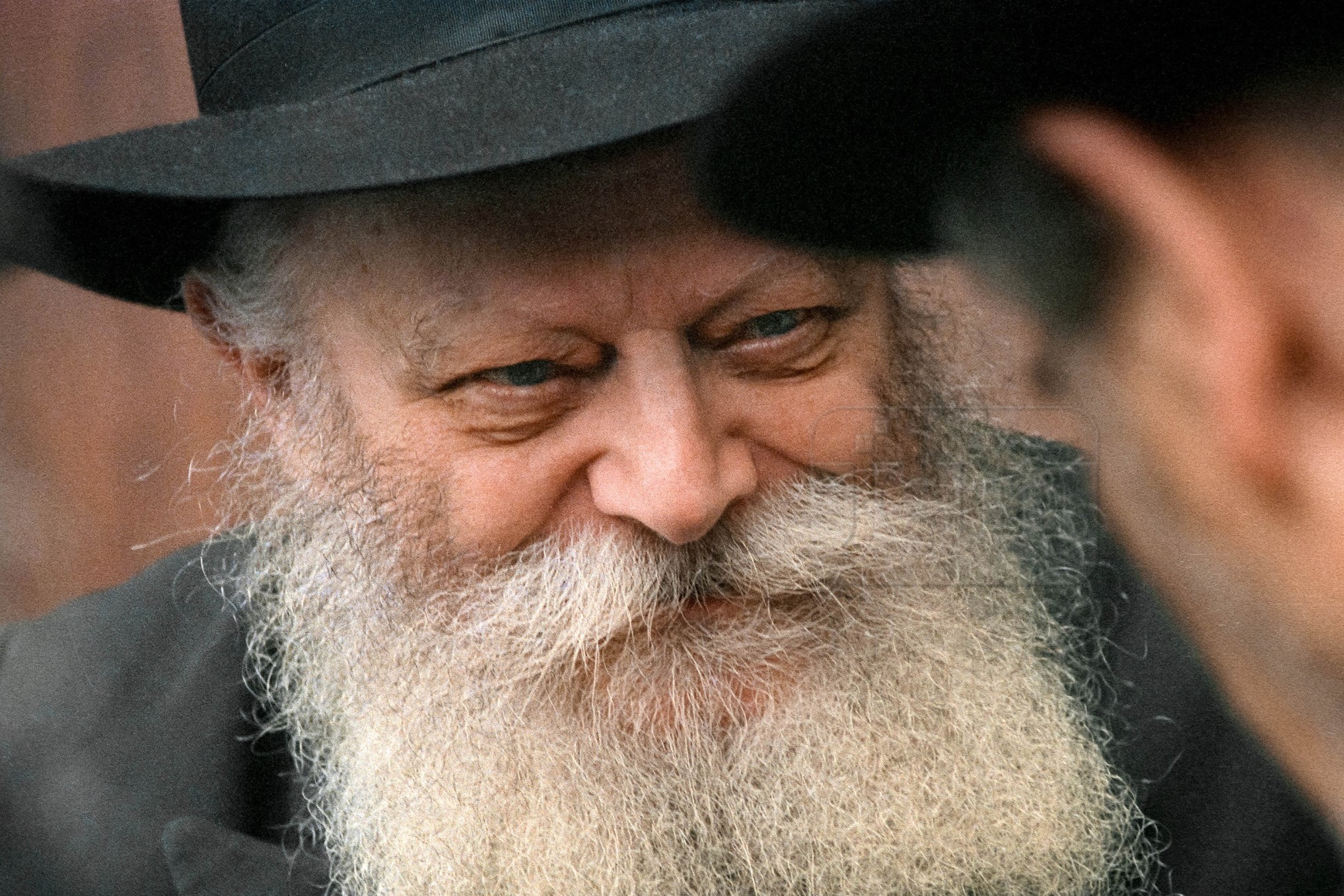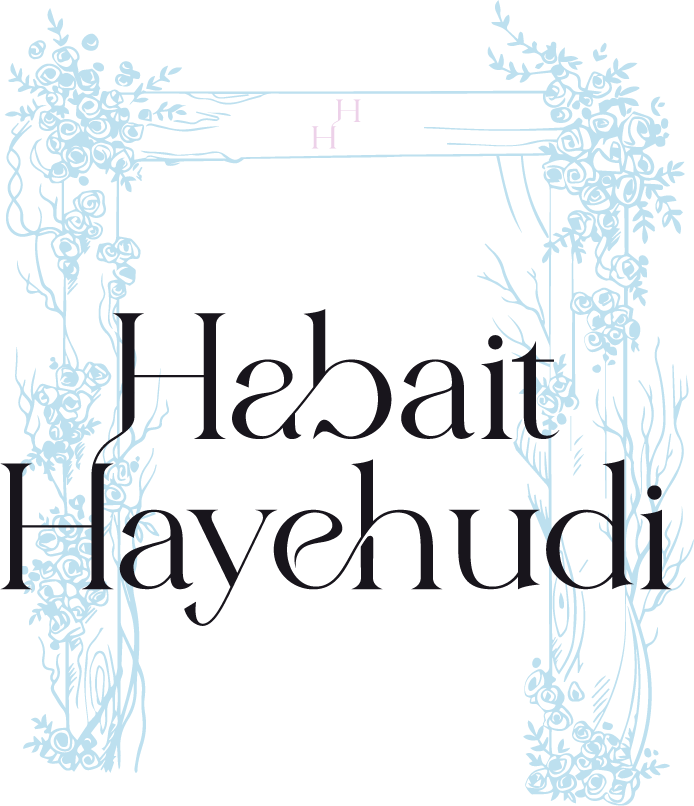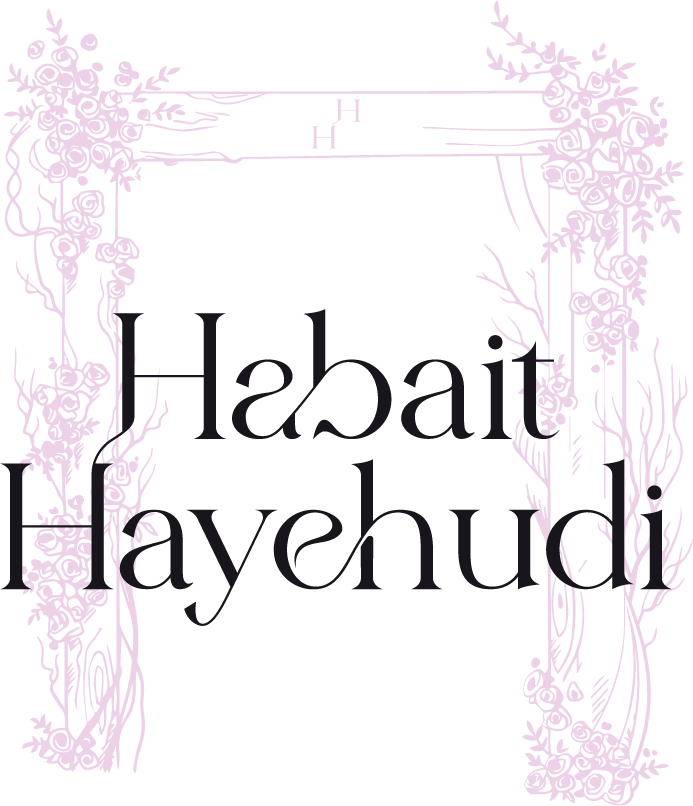Rebe Lubavitch

The Rebbe wanted to bring all Jews closer to authentic Judaism.
The Rebbe remains present through his teachings and his emissaries around the world.
He has always been a tireless example of how to make Judaism practical, simple and accessible to all, through his mistvot campaigns.
Get to know a little more about his life.
Biography
birth and childhood
In 1900, Rabbi Levi Yitzchak Schneerson, renowned for his Talmudic and Halachic scholarship and in Kabbalah, married Rebbetzin Chana Yanovski, an aristocratic, from a prestigious rabbinical family.
On the 11th of Nissan (April 18, 1902), his first child was born, great-grandson of the third Lubavitcher Rebbe, his namesake. Menachem Mendel.
His father, Rabbi Levi Yitzchak was the great-grandson of Rabbi Baruch Shalom, the eldest son of the Tsemach Tzedec (third Rebbe of Chabad-Lubavitch and grandson of the Movement’s founder, Rabbi Schneur Zalman, the Alter Rebbe) and Chief Rabbi of Yecatrinoslav (Dniepropetrovsk) ) from 1907 to 1939.
From childhood, the Rebbe showed prodigious intelligence, and soon he had to leave the cheder, as he was far ahead of his peers. At age nine, the principal of the local school told his parents that there was nothing more he could teach him. From then on, his father – himself a celebrated scholar and Kabbalist – took charge of his son’s education, employing tutors and teaching him personally.
A rabbinical authority once visited the Rebbe’s father. The two sages began to discuss delicate points of study, not realizing that Mendel, then eight years old, had entered the room and was listening intently.
The guest noticed the concentrated expression on the boy’s face. “Does he understand what we’re saying?” he asked. With a knowing look, the father replied, “It’s impossible to know.”
He had a great example and strong influence from his parents during his life. His father, Rabbi Levi Yitzchak, acted with a rare degree of dignity and courage to sustain and strengthen Judaism under Communist rule. By his side he always counted on the great courage and selflessness of his wife, Rebbetzin Chana, mother of the Rebbe, who spared no efforts putting her life at risk, so that her husband could continue writing his sacred works. Rabbi Levi Yitzchak was arrested and exiled to the distant village of Chili, in Central Asia, and as a result of his sufferings, he died in exile, in the nearby city of Alma Ata, on 20 Menachem-Av, 1944, at the age of 66.
Wedding
The Rebbe met the sixth Lubavitcher Rebbe, Rabbi Yosef Yitzchak Schneerson, in 1923 in Rostov, Russia. On November 27, 1928 he married Chaya Mussia (1901-1988), second daughter of Rabbi Yossef Yitzchak. The Rebbetzin is remembered for her exceptional erudition, though her demeanor was compassionate, humble, and unpretentious.
The wedding took place in Warsaw, Poland, on Tuesday afternoon, 14 Kislev, 1928. Hundreds of Chabad Chassidim from Warsaw, Polish areas, Lithuania and White Russia attended, as well as renowned Rebs and scholars.
Shortly after the wedding, the Rebbe sent the young couple to live in Berlin, then the intellectual capital of Western Europe, where Rabbi Menachem Mendel was supposed to spend part of his time studying in famous study centers and ended up enrolling at the University of Berlin. Rabbi Yossef Ber Soloveichik was also in Berlin at that time and the two spent much time together in general and Talmudic studies. Rabbi Soloveichik recalls that the Rebbe would bring a volume of the Talmud or other Torah texts to his lectures, and place it inside the textbook. Once, one of the teachers was annoyed by the Rebbe’s apparent lack of attention, and in the middle of the lecture, believing that he was not listening, he decided to test him: “Can you repeat a word of what I said?” he asked. Humbly, the Rebbe stood up and repeated the entire lecture, word for word.
Embora o Rebe passasse a maior parte de seu tempo em Paris envolvido nos estudos, também deu muitas aulas. Eliyahu Reichman remembers that as a young man he attended the Talmud class given by the Rebbe daily. Once he and another student noticed that the Rebbe had quoted a passage slightly differently than it appeared in the text. After the class ended, they went to the Rebbe’s bookshelf to check the Talmud text he had used; maybe there was a different version? To their surprise, they saw that the Rebbe had used a completely different treaty! There was a shortage of texts, and several students had to study using the same volume. In order to make additional text available to the students, the Rebbe had recited the passages by heart, and to hide the problem from the students, he had pretended to use a book with another treatise.
Academic education
In 1933, regime change forced Rabbi Menachem Mendel to leave Germany, where he had graduated in Heidelberg in Higher Engineering, and move to Paris. He enrolled at the Sorbonne where he would receive another degree, Mechanical Engineering, specializing in Naval Design.
The knowledge gained in these studies enabled him to resolve halachic doubts in subsequent years. For example, when there was a discussion about whether a Jewish-crewed ship could travel on Shabbat, the Rebbe commented, “The claim that such prohibited work can be performed automatically demonstrates not only ignorance of halachic principles at work, but also ignorance about the rudiments of engineering.”
The Rebbe has always devoted himself primarily to prayer, to the study of Torah, caring for every Jew, wherever he may be.
Arrival in the United States
On Monday, June 23, 1941, the Rebbe and Rebbetzin arrived in the United States, having miraculously escaped the Nazi onslaught and settled in New York. His father-in-law, Rabbi Yossef Yitzchac Schneerson, who had arrived in the United States a year earlier, chose him to lead their newly founded organizations: Merkos Linyonei Chinuch, the educational arm of the Lubavitch movement; Machané Israel, the movement’s social service organization; and the Kehot Publishing Society, the Lubavitch publishing house.
Soon after, the Rebbe began writing his scholarly notes on various Chassidic and Kabbalistic treatises, as well as a wide range of responsas. With the publication of these works, he was soon recognized by scholars around the world.
Leadership
In 1950, Rabbi Yosef Yitzchak passed away. Although the Rebbe was chosen as his successor, he was reluctant at first to accept the mantle of leadership. Only a year later would he formally assume the title of “Rebbe”: it was January 28, 10 Shevat, 5710.
In his first speech as Rebbe, he stated that the mission of our generation is to bring Moshiach (Messiah).
The Rebbe organized a corps of shluchim – emissaries from Lubavitch – and charged them with establishing Chabad-Lubavitch centers around the world. Today thousands of Chabad-Lubavitch institutions cover the planet. In addition to caring for each individual, the Rebbe paid special attention to orphans and widows of Israeli soldiers, the children of Chernobyl, among others. More than 1300 children receive medical treatment in Kfar Chabad. For orphaned boys, bar mitzvah ceremonies are held annually at the Wailing Wall. In addition, several rehabilitation centers have been created for people addicted to drugs. The Rebbe established around 60 Jewish educational institutions in the Commonwealth of Independent States and Latvia. Hundreds of emissaries visit regularly and many more establish their residences there to promote Jewish activities. The organization Ezrat Achim sends tons of food to Jews in these countries.
The Rebbe was the one who started the teshuvah (return to authentic Judaism) movement, through a revolutionary way of spreading Judaism to all Jews with his famous “Mitzvot Campaign” (good deeds campaign). The wearing of tefillin, the lighting of Shabbat and Yom Tov candles by Jewish women, kashrut, the practice of Tzedakah, Torah-based education, among others. At the time he was heavily criticized, facing strong opposition, saying that this was the only way to save Judaism from assimilation. His innovative campaigns now serve as a model for many Jewish institutions that draw Jews back to their heritage just as the Rebbe did 5 decades ago.
His concern for education and the future of humanity was recognized in the United States. The Rebbe’s birth date, April 18, (Nissan 11) was turned by President Ronald Reagan into “National Education Day.”
Among the predictions he made about world situations, the ones that had the most repercussions were the opening of the Iron Curtain, with the massive emigration of Soviet Jews to Israel, alerting the Israeli government to the construction of houses and employment conditions for these Jews. And this happened at a time when such a possibility was unthinkable.
Another fantastic prediction: during the 1991 Gulf War, the Rebbe was the only one to say that this war would not affect the Jewish people, declaring that gas masks would not be necessary. He stated this emphatically even during the continuous bombardment of Scuds on Israel, for there “is the safest place in the world.”
He became aware of the imminent coming of Moshiach (Messiah) and the importance of “receiving” him properly, mainly through an intensive study of matters concerning the Messianic era, contained in the Torah, Talmud, and other Jewish sources, such as in the code of laws of Maimonides.
Every Sunday the Lubavitcher Rebbe used to welcome and bless the vast crowds who came to seek his words of wisdom and blessing. To each of the thousands of people who came to him, he handed over a dollar bill to be donated to a charity at the person’s discretion. In addition to ordinary people, several Jewish and non-Jewish personalities asked for his advice and blessing.
Death
On March 2, 1992, at age 89, the Rebbe suffered his first stroke. Even without fully recovering, he continued to respond, advise, and bless all who came to him. Two years after this incident, he suffered a second stroke.
On June 12, 1994 (3 Tammuz, 5754 – “Gimel Tammuz”) the Rebbe passed away. But as he said at the time of his father-in-law’s death, the Tzadic continues to live through his teachings and the entire legacy he left to his Chassidim and to all who were touched by his immeasurable wisdom, living example of Torah and unconditional love. The hundreds of volumes that convey their knowledge and guidance on every subject continue to influence the way we conduct our lives and prepare us for the beginning of a new era. May it be soon, God willing!
Source: Chabad.org

